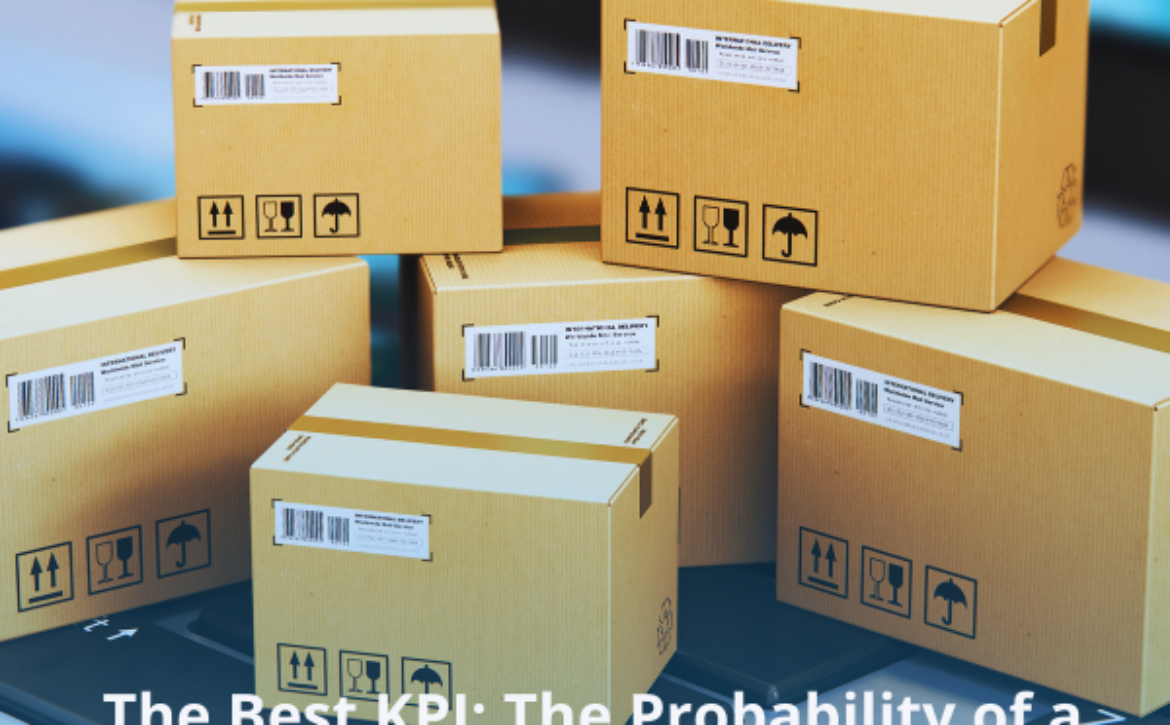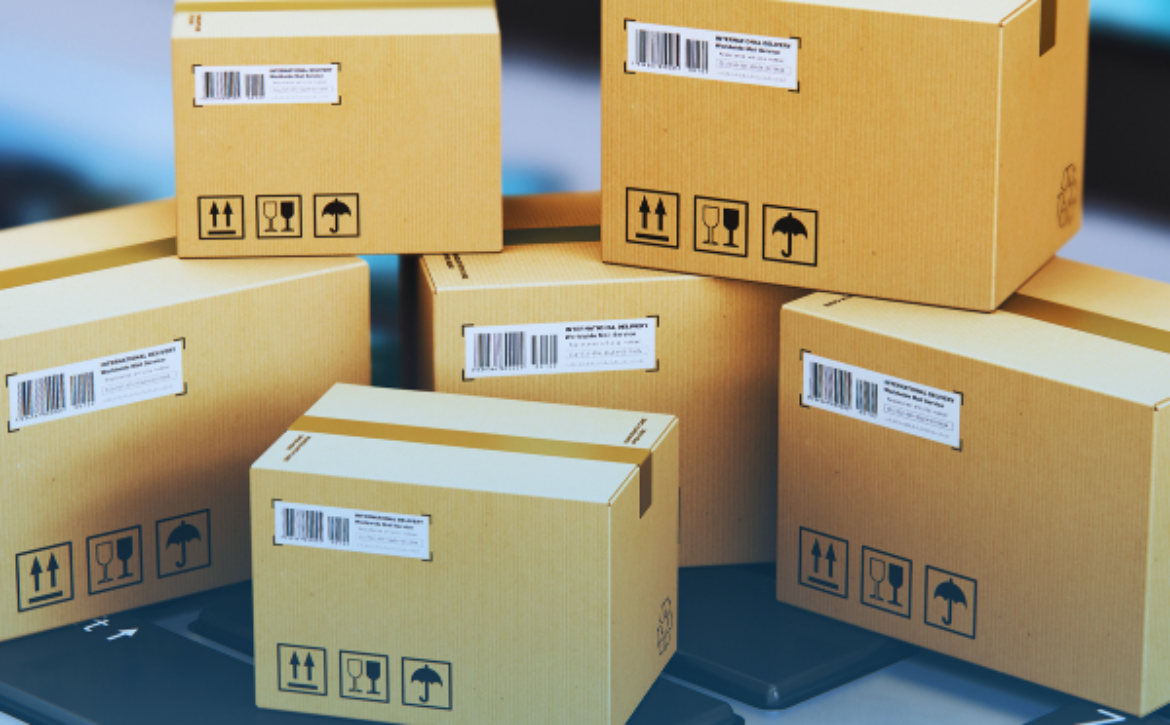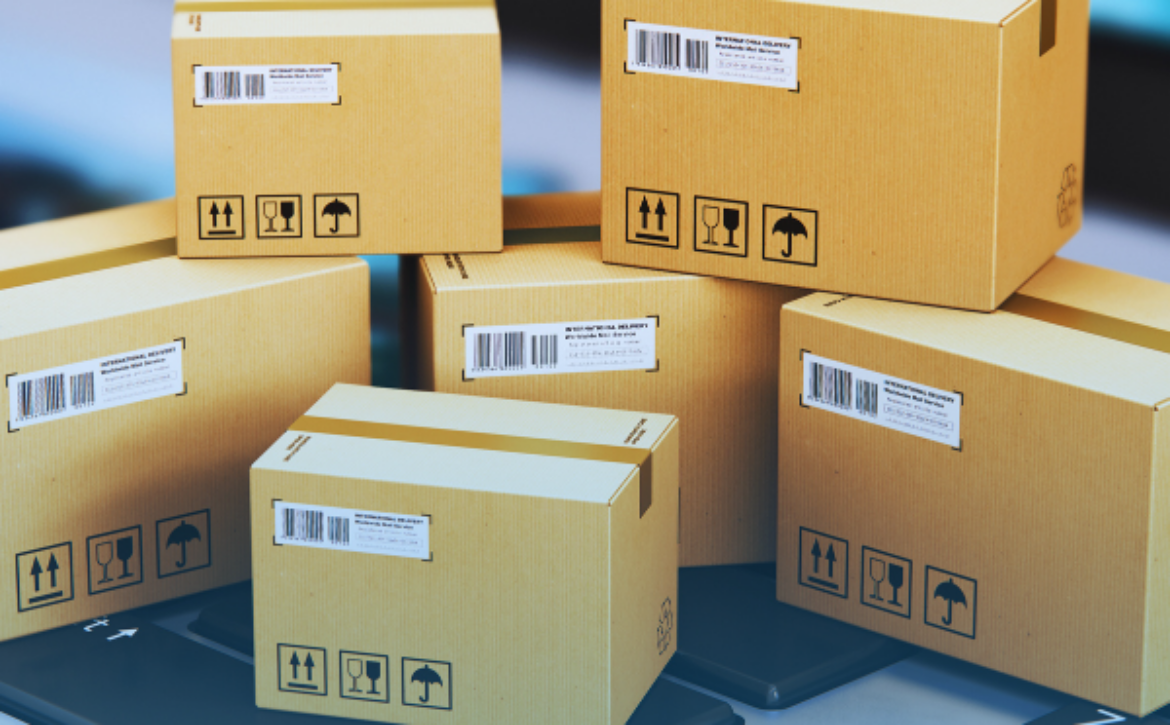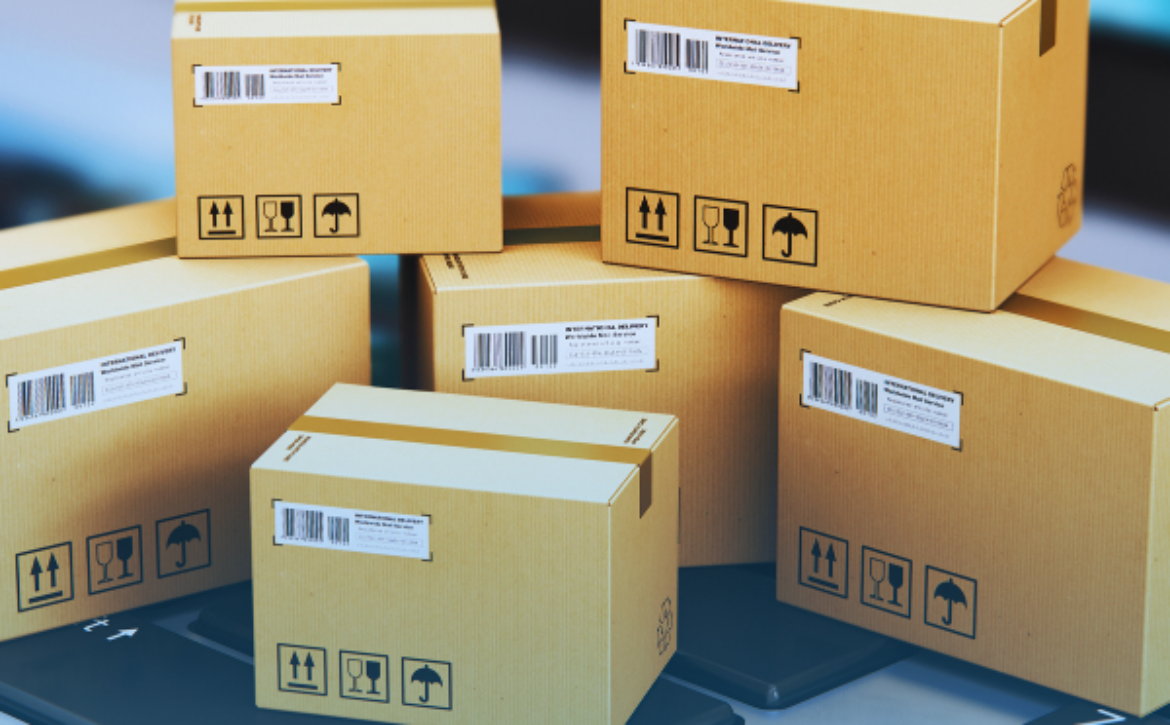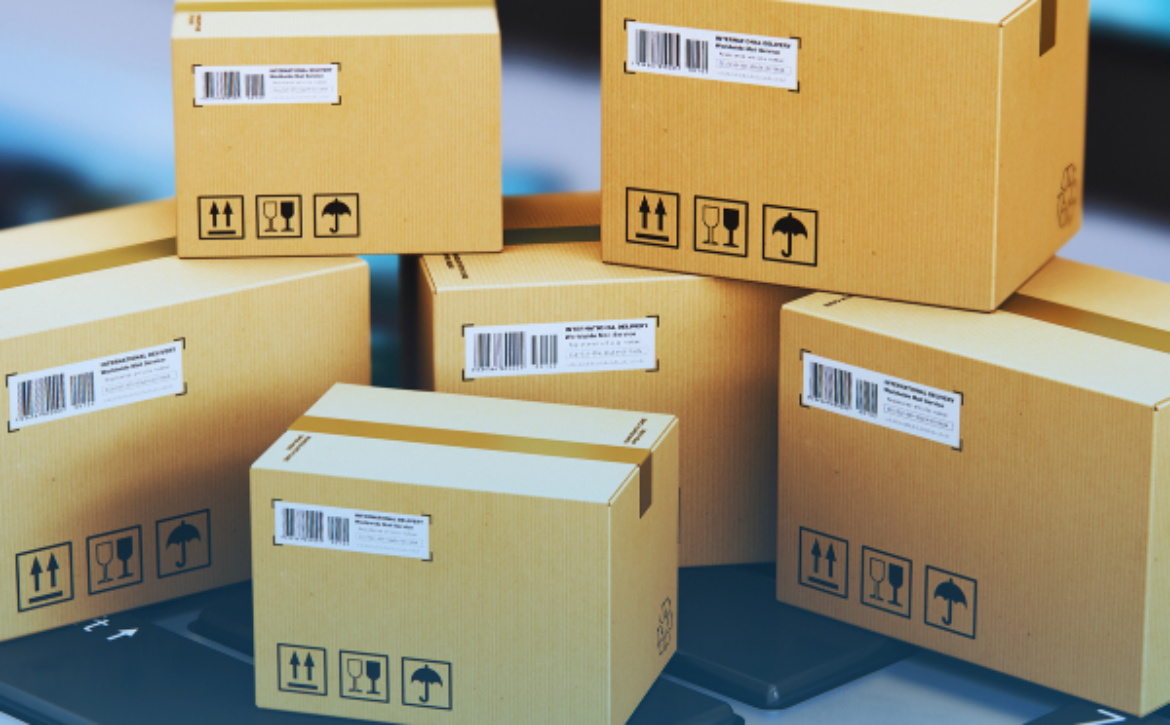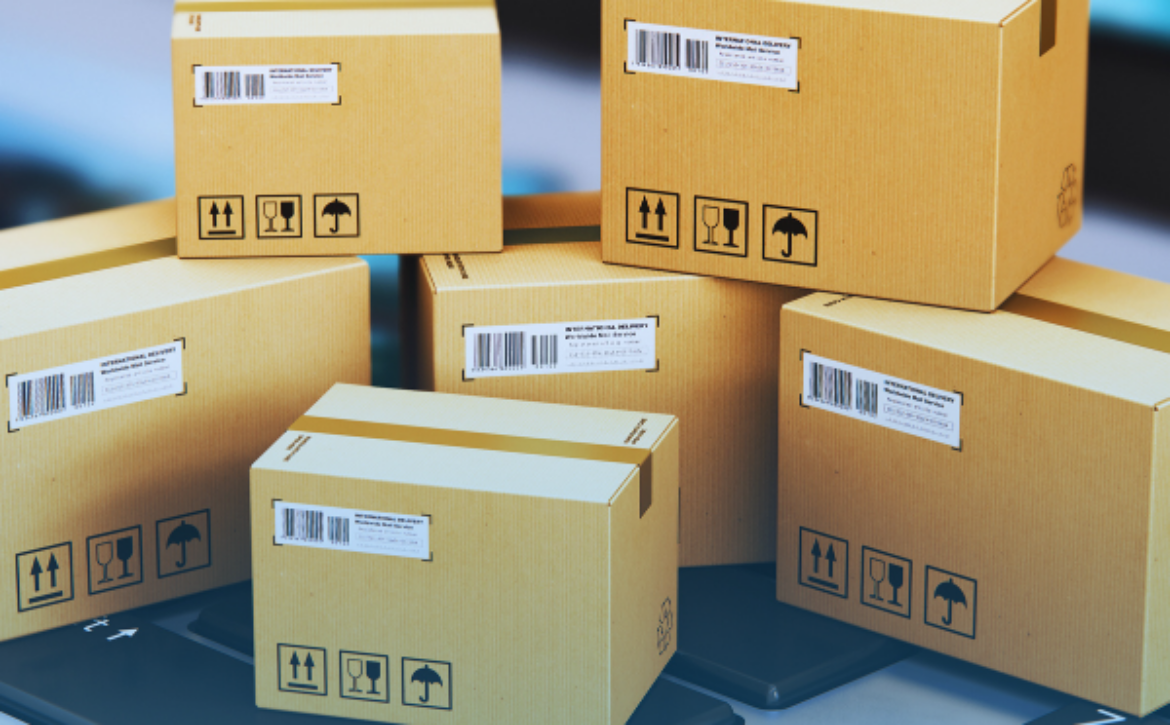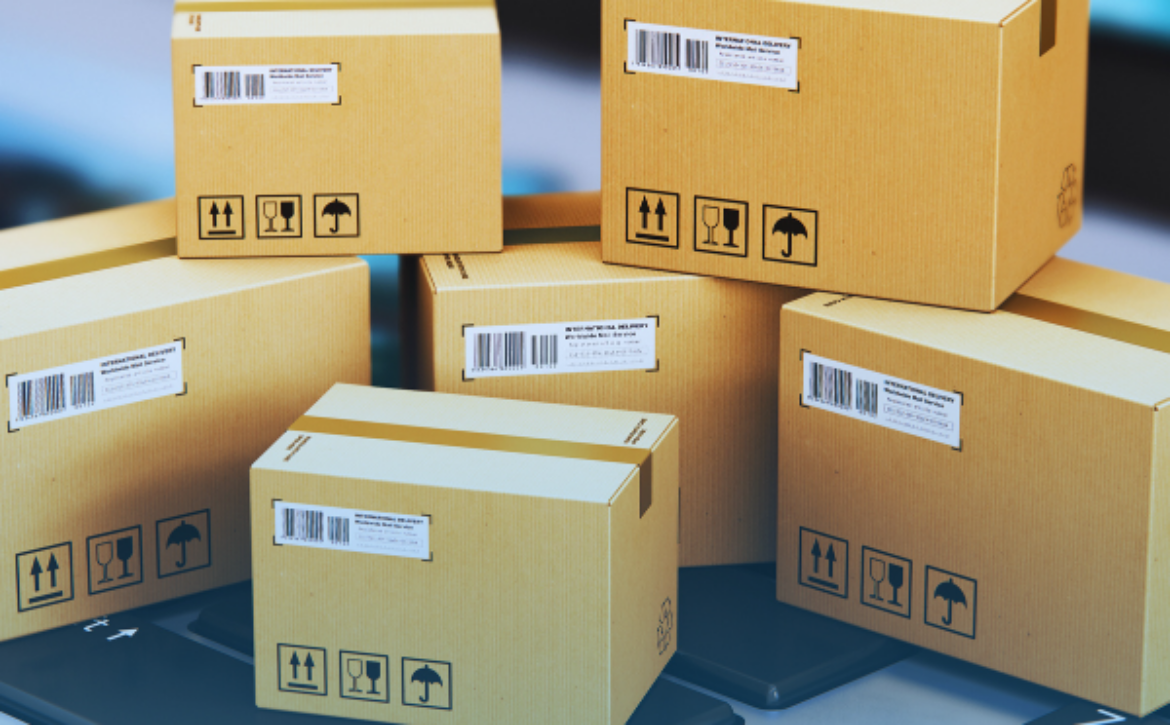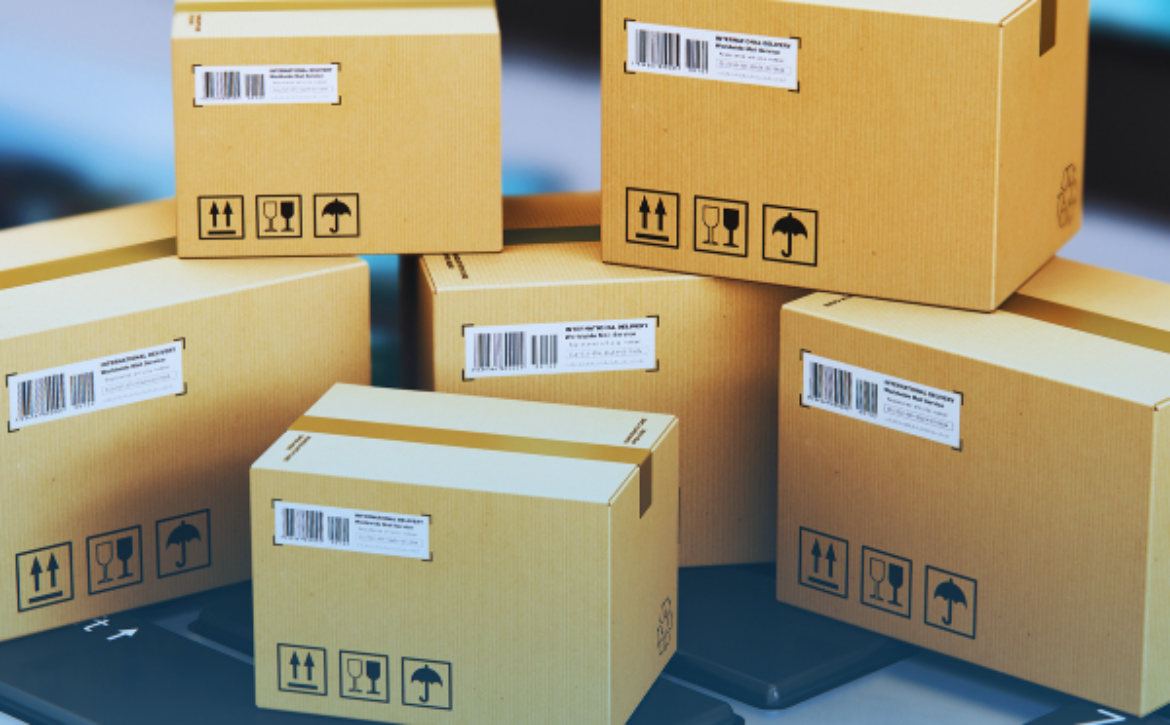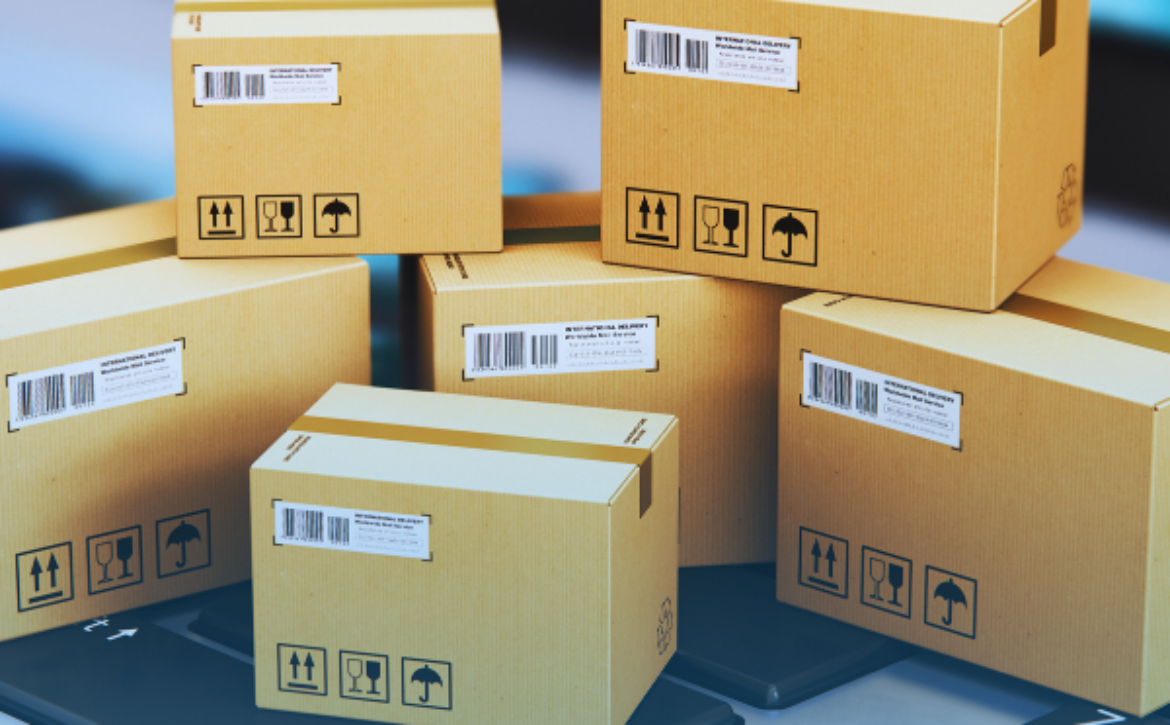Shipping for Shopify, E-commerce sales, especially shopify, have grown significantly in the past few years, and e-commerce sales are expected to increase from $ 2.3 trillion in 2017 to $ 4.5 trillion in 2021, especially after the health restrictions and the spread of the Corona pandemic in all around the world.
Shopify is one of the most popular and easy-to-use tools if you want to create your own online store, it is a subscription product designed for beginners who want to create their first online store and start an online business, it is very easy to use and with this tool you can create an online store Professional in record time!
What is Shopify?
Shopify is a commercial platform that allows anyone to create an online store with great ease and sell their products.
Shopify began more than ten years ago when the founder of Shopify wanted to sell snowboards, as he soon realized that it was extremely difficult to sell online without using an easy-to-use e-commerce platform.
So he decided to create an easy-to-use platform himself, and that’s how Shopify was created.
What is dropshipping?
It is intended to display products of one of your suppliers on your site and when you start receiving orders for different products, you transfer those requests to the supplier.
As this supplier ships those orders directly to the customer, and that does not require you to any actual intervention in manufacturing, purchasing, or even Shipping for Shopify products.
Shopify dropshipping an ecommerce shop
I do not know if you have heard about the term dropshipping, but we can say that the biggest suffering for people who work online in the field of electronic selling or trade in general is the purchase of goods and storage.
Simply because you can buy a commodity in a certain quantity and then do marketing for it and try to bring in buyers, but it does not succeed and therefore you lose all your capital or even the difficulty of storing and finding a suitable place, especially if you are a beginner in trade and do not have the best enough.
Therefore, a new method appeared which is that there is no need to buy a large amount of the product, store it and then sell it, you only have to communicate with the supplier to ship the product to the customer directly from the factory and you get your commission or profit.
And you can create your own online store and specialize in displaying other people’s products in it and get only your percentage or commission from selling and displaying and thus achieving profits without any problems regarding the possibility of losing your capital or not selling the goods that you have purchased.
Shopify dropshipping for beginners
The ability to sell physical products is the main focus of shopify, as it is exactly like Amazon, but you can control your store completely.
In general, it is difficult to set up an online store through many other platforms and to do sales, unlike the ease of the Shopify platform.
Therefore, Shopify has reduced you a lot of technical and financial effort to start selling online. These are a few steps and your store on the Shopify platform is ready to work and get purchase orders.
Shopify can help you to make a profit and your own business, as when you create your store on Shopify, you will add pictures of the product that you will sell and then put your own profit price on it, for example a smart watch that costs $ 20 from the supplier, and you put a profit increase on it to reach its price of 45 Dollars.
Thus, so that it guarantees a profit, especially with the work of a marketing campaign for the product, it will pay costs that are deducted from the profit, so it is important to create a plan to start an e-commerce project.
The first step to building a dropshipping company is to know what you sell and who your target customers are. You must define the field or type of products that you will offer and to whom you will provide them, and here are the basic steps for beginners:
1. Search for keywords
Start by creating a list of product keywords in your potential market. You can do this by brainstorming and trying to find all the keywords for the product that you will be offering.
2. Select product trends
Having keyword data is important, but of course you will also need to combine this with data on the trends of the product you intend to show. This is so you can see if an item is gaining popularity and has an audience that needs it or not.
3. Check your profitability
The popularity of the product is definitely a good indication of good profits initially, but that is not enough, you need to research to find out how profitable the product you are going to offer.
You can also read : The 5 key factors for a successful delivery service

How do I set up shipping on Shopify?
Here are the steps that will help you to configure Shipping for Shopify settings in the Shopify store:
- Go to the Control Panel in the Shopify settings first and click on Shipping or Shipping Settings, and here the address that you registered with at the beginning will appear.
- You can choose an address in the United States of America, then (domestic shipping) we will amend the domestic shipping and make it the United States of America, for example, and then we click on Add and with this we set the data.
- The shipping price is determined here according to weight or volume or according to the price or the carriage, for example by weight we will divide it into categories (light weights from … to …) and heavy weights (from … to …) and we will determine a shipping price for each category.
- For each specific weight or weight category, we will set a shipping price for it and shipping here can make it free because we work in drop shipping and my earnings will be from the price of the products, or it is possible that I take my gain from the shipping price and offer the product at a low price.
- Then, upon completion of the internal shipping settings, we save it, and then return again to shipping, we will find here that the internal shipping has become defined according to the categories that you previously specified.
- Then we will click on edit to set the shipping price to the rest of the world, and it includes 239 countries, and I divide the shipping price here also into categories, as in the past, for example, according to weight, and often in our work we will rely on free shipping, so this price that you put is an additional gain for you if you do not want it, do not specify a price for shipping .
- Finally, we save the settings.
Shipping for Shopify rates
Shipping for Shopify rates are those prices that you charge to your customer, along with the cost of the product itself that the customer orders.
Shopify allows you to choose a variety of shipping rates and methods to appear as options for your customers, and when creating shipping rates, you can define the rules you want regarding the available shipping methods based on the contents of the customer’s shopping cart.
Shopify provides you with the best shipping rates due to the partnerships that the site has with the most famous leading shipping providers around the world, ensuring that you get a winning deal for sure.
Best shipping for Shopify
Shipping for Shopify makes it easier and faster to fulfill orders, and solves many common shipping problems. You can purchase shipping labels directly in Shopify, print multiple labels simultaneously, and get orders out of the door quickly.
Shipping for Shopify helps you fulfill your customers’ orders faster, and it can also solve shipping problems, and there is more than one form of Shipping for Shopify.
Shipping for Shopify works with the most popular shipping companies in the world, such as USPS, UPS, and DHL, and offers multiple categories of mail with each carrier.
Therefore, Shipping for Shopify gives you access to numerous features, as:
- Fast delivery.
- Receipt of parcels.
- Shipping insurance.
- Tracking information.
- International shipping.
It can also provide you with that entire at the most competitive price for each shipping service, and include them automatically in every plan at no additional cost to you.
LOGSTIAT Fulfillment handles your shipping for Shopify
LOGSTIAT Fulfillment can handle your shipping for Shopify, helping you get the products ordered into customers’ hands easily and quickly, from the moment a customer’s order begins, right up to the moment they receive their order.
Best Shopify Fulfillment warehouse with our partner LOGSTIAT
And our partner LOGSITAT can provide you with the best shopify Fulfillment warehouse where the products are delivered on the same day and pack kits and customize products, especially since LOGSITAT guarantees you the highest standards of quality, productivity, storage and space in the Kingdom of Saudi Arabia.
It is also through the modern technology provided by LOGSITAT that you can track your entire inventory online and without making any contact as well, regardless of the size of your business, the DigiPack provides you with the necessary space.

